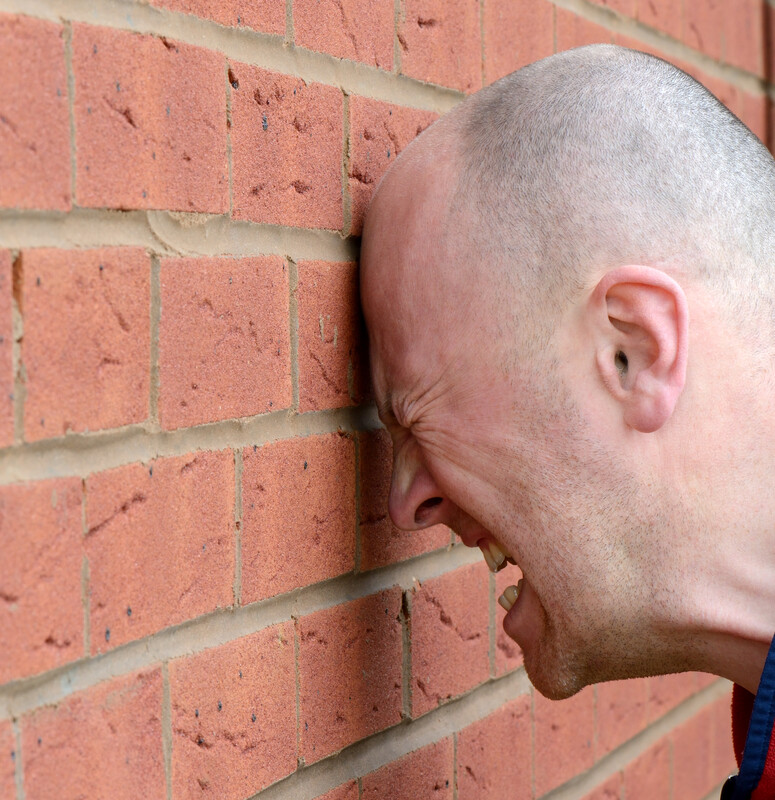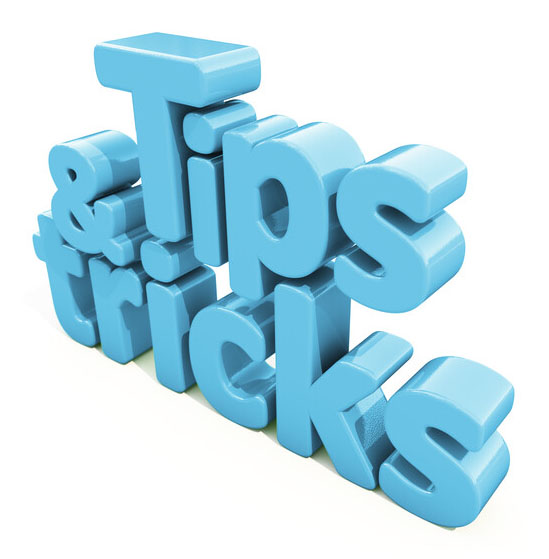
Getting better scans of certificates
What we're up against

- Scanner size – if collectors own any scanners, they are probably:
- made for scanning A4 or 8½x11 paper
- multipurpose machines mostly intended to scan documents
- Scanner defaults
- designed with auto exposure to make acceptable images of typical documents and average color photographs
- Scanner software – my experience suggests most software that ships with scanners:
- is designed with minimal settings for immediate out-of-the-box usage
- often ignores additional hidden capabilities within the machine
- Scanner lifespans - are somewhat limited because
- parts are made by low-cost manufacturers
- parts are not replaceable or are hard to find
- few servicers repair inexpensive machines
- manufacturers do not update software to accommodate improved operating systems
- Certificates
- are not typical documents
- Smartphone images
- are quite good and tempting to use, but always distort images of certificates and often have shadows that are not easily removable
But...
With the exception of non-repairability for inexpensive scanners, most shortcomings can be overcome with understanding:
- what scanners can actually do
- what company software is capable of
- what third-party replacement software is better
- how to fix problems with images after-the-fact
I offer several tips and tricks in this website...
All are specifically related to scanning certificates.
Have specific reasons for scanning
Why are you scanning? Web? Insurance? Personal records? Display? Illustration? Printing? Your purpose will inform the resolution needed and necessity for repair and modification of images after scanning.

Turn off auto exposure
Some, but not all, software supplied with inexpensive scanners has the capability of manually adjusting exposure. If present, those capabilities are often hard to find. Typical scanning software assumes images are constructed with shades of gray and colors. Certificates are atypical in that their images (vignettes) and borders are not made up of shades of gray, but are constructed with fine lines that are either solid black or solid color. Scans of stocks and bonds can often be improved by experimentation with exposure.
Close scanner covers tightly
Stray light can get under scanner lids and create light and dark areas on edges of scans. Control light pollution by placing a thick towel or two or three layers of black velvet over the cover.
Place books or map weights on scanner covers
This will help flatten certificates that are folder or wrinkled.
Scan in the center of scanner glass
- Certificates can slip under the edges of frames that usually surround the platen (the glass surface.) Lifting certificates without first moving them away from frames can tear off corner tips and create new tears.
- Edge frames often leave shadows on certificates.
- The edges of certificates are rarely exactly parallel to certificate borders. Certificates placed tight against edge frames often look crooked when scanned.
Remove show-through and "burnout" when scanning thin certificates
Improve certificate scans by placing light gray or preferably VERY LIGHT BLUE posterboard between certificates and scanner covers. This will make scans a bit dark, but will eliminate some show-through as well as a significant amount of extra yellow. Lighten scans after the fact with photo manipulation software. Extremely black posterboard works well, but requires even more lightening with photo editing software.
"Burnout" is overexposure caused by light reflecting off scanner covers when scanning thin and slightly yellow documents. The cure is the same.
Remove overly yellow tints common when scanning stock certificates
This is caused by light from scanner bulbs passing through paper and reflecting off white scanner covers and passing back through certificates a second time. Improve certificate scans by placing light gray or VERY LIGHT BLUE posterboard between certificates and scanner covers. If using light blue, but make sure it is very pale blue.
Dealing with certificates too large for letter-size scanners
- Scan in pieces with at least 1.5-inches of overlap.
- Use Microsoft Image Composite Editor (free) to automatically "stitch" images back together. (You may need to use the Wayback Machine to find this wonderful now-discontinued program.)
- ALWAYS scan multiple pieces with tops certificates facing the same direction.
- Do not rotate certificates between scans.
Save images in appropriate formats
TIFs and PNGs can be opened and modified many times without loss of quality, but make files that are nine to ten times larger than JPGs saved at the same resolution and 75% quality. If used on eBay, PNGs are slower to load than JPGs.
Save at appropriate resolutions
JPGs images are "compressed" to make smaller files. Scanning at resolutions of 300 dpi and saving as JPGs with 75% to 80% quality is probably sufficient most collector purposes. Images saved at higher quality and higher resolutions in TIF and PNG formats create larger file sizes are probably overkill for typical collector purposes.
Use good photo manipulation software

This is probably the key trick to getting good results from any scanner. Good photo manipulation software is dramatically less frustrating and greatly more powerful than the software that comes with computer operating systems. Adobe Photoshop is the industry leader, but is expensive for occasional use. GIMP (GNU Image Manipulation Program) is a very powerful program that can be downloaded for free. It takes a while to get used to, but does almost everything that Photoshop can do. Super powerful plugins make Photoshop the hands-down winner for manipulating images. In my opinion, GIMP beats all other pretenders to the Photoshop throne.
Consider using third-party scanning software
VueScan is a third-party scanner software that works with over 6,000 different models of scanners. It is very fast and the professional edition has far more adjustability than software supplied with any inexpensive scanners. Load it up and you will find your scanner can do things you never thought it could. VueScan comes in a Standard Edition and a Pro Version. I have used VueScan for years and can testify that it has worked with every scanner I've ever tried. It even works with a Nikon slide scanner that I thought was dead because Nikon refused to update its software. Get a trial version and try for yourself.
SilverFast is another very solid software and advanced alternative. I have never used SilverFast so cannot attest to its features and ease of use. SilverFast, however, allows calibration of scanners that neither VueScan, nor any other software included with consumer-grade scanners, offers.